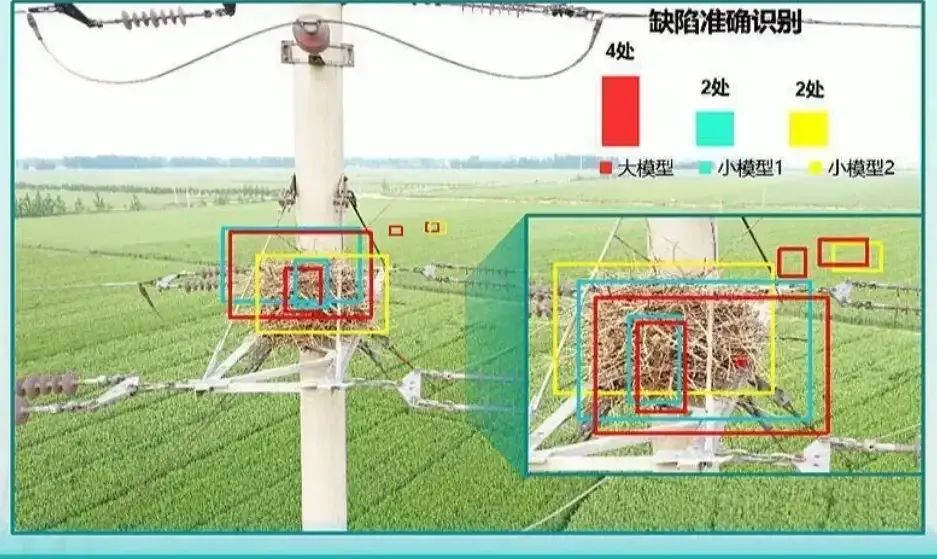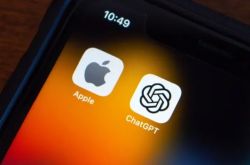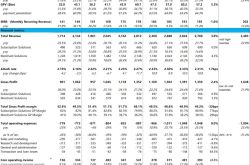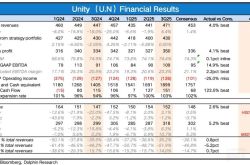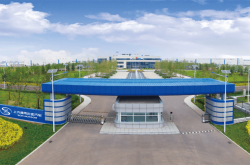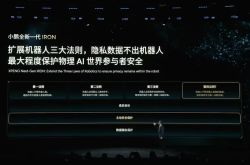Assessing DeepSeek's Impact on the AI Large Model Industry
![]() 02/05 2025
02/05 2025
![]() 444
444
Before the Spring Festival, DeepSeek unveiled its v3 and r1 versions consecutively, followed by the highly anticipated release of Janus-Pro on New Year's Eve, which garnered significant attention.
Throughout the festive period, DeepSeek dominated the rankings on both GitHub and Hugging Face.
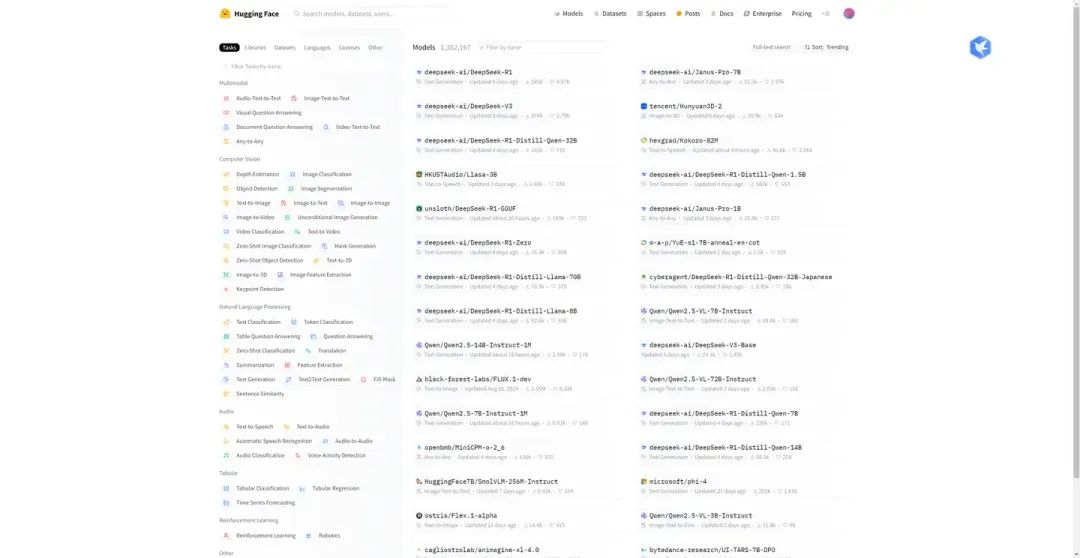
Concurrently, DeepSeek faced a nation-state-level DDoS attack, resulting in frequent service disruptions that severely hampered the user experience for AI enthusiasts. Xingkong Jun's API service, for instance, was only able to output errors for half a night.
Fortunately, by the morning of the second day of the new year, services had largely returned to normal, although networking functionality remained intermittent.
DeepSeek's most significant achievement lies in minimizing the cost of AI.
OpenAI attempted to establish a monopoly in the AI era by investing heavily and subsequently charging fees. However, DeepSeek accomplished two pivotal feats that dashed OpenAI's ambitions.
Firstly, it achieved results that are on par with, or even surpass, ChatGPT at a lower cost (while there may be debate over whether it surpasses ChatGPT, there is no dispute that it is in the same league).
Secondly, it opted for open-sourcing, enabling every enterprise and individual to deploy top-tier AI large models locally. This is particularly crucial for third-world countries in Asia, Africa, and Latin America, which were previously marginalized in the AI computing power race. DeepSeek has altered the game, inviting participants from every corner of the globe.
This represents a vast ocean of a people's war.
Naturally, the question arises: how does DeepSeek generate revenue? The humorous response would be: by shorting NVIDIA and U.S. stocks. The serious answer, however, is that DeepSeek is a quantitative investment company whose primary business is investment, with AI serving as a non-profit venture.
Previously, Xingkong Jun's perspective has always been that AI will eventually evolve into a foundation akin to cloud computing, serving as an auxiliary function that cannot be charged separately. Xingkong Jun envisioned that the ultimate success would belong to cloud computing vendors like Alibaba, transforming AI into a cloud-native service. Surprisingly, quantitative investment firms adopted an unconventional approach (Tonghuashun also spends billions annually on AI, not ruling out the emergence of another DeepSeek), yet the underlying logic aligns with Xingkong Jun's predictions.
In fact, Alibaba also released a new version of qwen during the holiday season, demonstrating robust capabilities, albeit overshadowed by DeepSeek's momentum.
It is foreseeable that in the near future, AI will become a low-cost resource service. What will then become the focus of AI competition? Applications and scenarios.
This forms the bedrock of DeepSeek's decision to open-source. No country on this planet boasts richer applications and scenarios than China.
Currently, AI applications are still in their nascent stages, primarily focused on enhancing work efficiency, such as drafting and contract review, which are relatively basic applications.
Online literature, graphic-textual self-media... With the continuous iteration of AI, these will soon fade into history.
Consider the robot dancing the yangko during the Spring Festival Gala. In reality, Unitree deployed cloud-side and edge-side AI large models, albeit specialized for niche areas.
In the future, large models of DeepSeek's caliber, when integrated with robots, will be virtually omnipotent.
Xingkong Jun is currently exploring several applications:
One is AI customer service, which is already being adopted by numerous enterprises. A company awaiting listing on the STAR Market has achieved approximately 50% of customer phone communication handled through closed-loop AI customer service, significantly reducing labor costs. However, Xingkong Jun's involvement is not in phone services but rather in enterprise WeChat groups.
Another is AI-generated vouchers, which is a game-changer for the vast majority of financial professionals. The good news is that the hardware costs are relatively high, typically used by large enterprises. Through specialized hardware devices (not traditional scanners, but similar to ATM cabinets, where employees only need to insert documents), documents are recognized, and then automatically submitted to the reimbursement system, generating SAP accounting vouchers based on pre-trained logic.
Efficiency improvements such as assisting in contract review and automatically generating question banks will not be elaborated upon here.
The application of AI-generated vouchers can be extended to personal assistants.
For instance, installing an AI application on a mobile phone that records users' consumption habits, such as purchasing high-speed rail tickets, airline tickets, shopping on Pinduoduo and Taobao, and even using apps like Douyin, Kuaishou, and Xiaohongshu.
What can an AI personal assistant achieve?
A user simply picks up their phone and says to the AI, 'I'm taking a vacation next week, and I'm going to Zhangjiajie.'
From booking tickets to reserving hotels and planning itineraries, it's all taken care of. Yes, it's our Jarvis.
Furthermore, multimodal large models represent the true future. Only multimodal models can be effectively utilized in industry, and large models in the industrial sector are poised for explosive growth.
Taking the power industry as an example:
The transmission AI large model has essentially replaced manual labor in identifying typical defects such as bird nests and insulator explosions. Currently, the Guangxi Power Grid's machine inspection management platform and transmission operation support system have achieved interfacing and invocation with the transmission large model, with an average defect recognition rate of 91.24%.
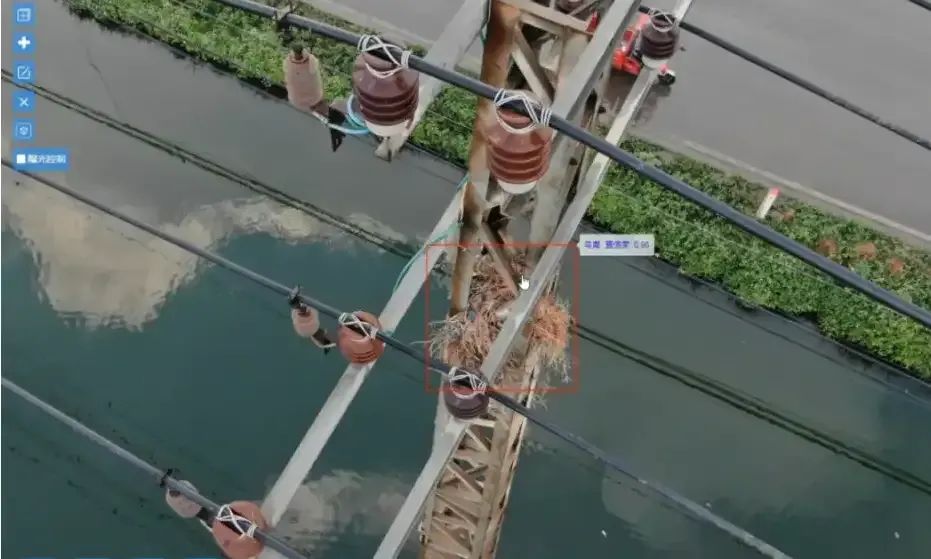
State Grid Shandong Electric Power has organized a research team comprising business experts and industry internet experts to explore the multi-level application of AI large model technology in drone inspection defect detection. They have now developed intelligent recognition models for 10 common defects, including tower foreign objects and insulator cracks.
After pilot applications of these models in frontline teams, the accuracy of equipment defect recognition increased from 85% to 92%, and the incidence of misdetection in photos was significantly reduced.